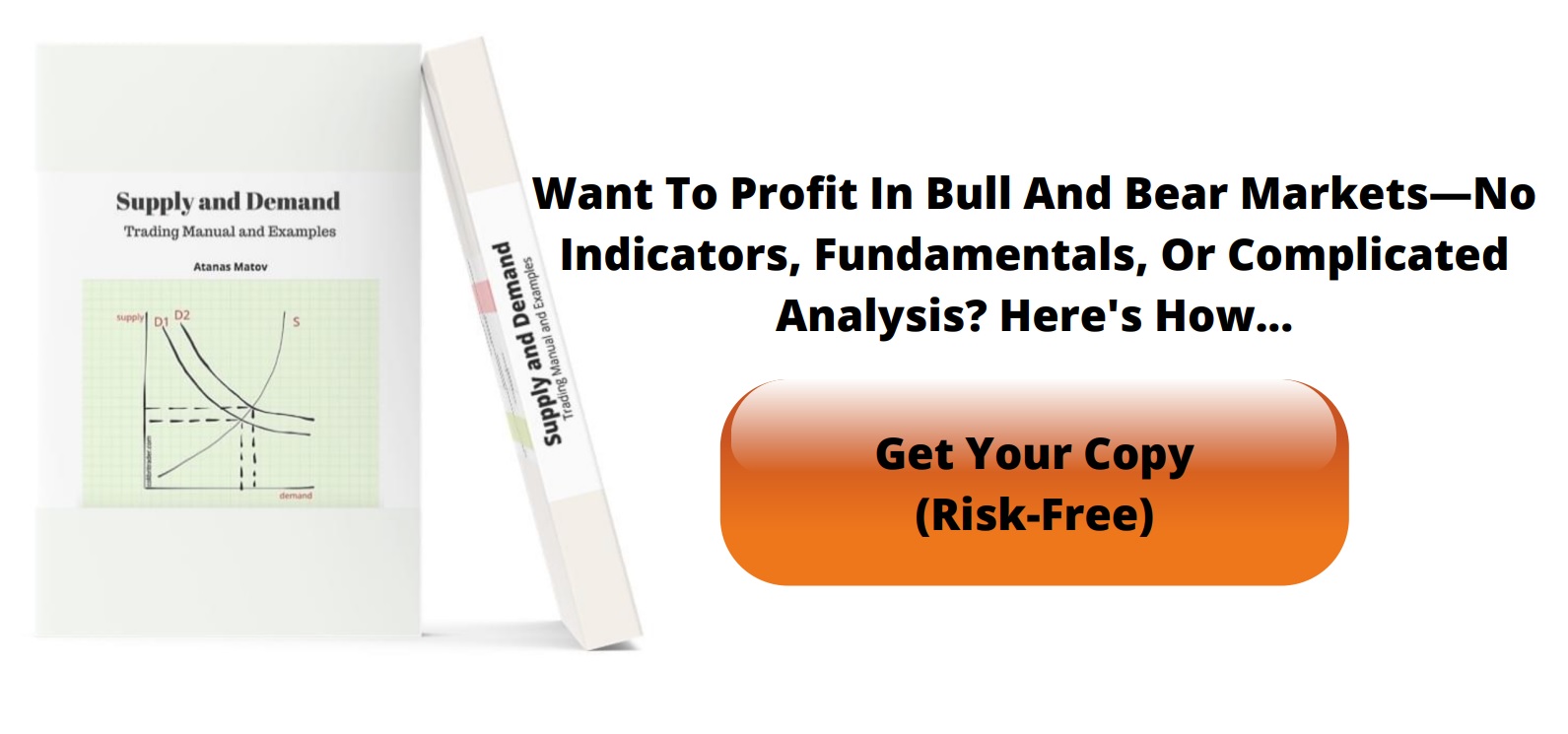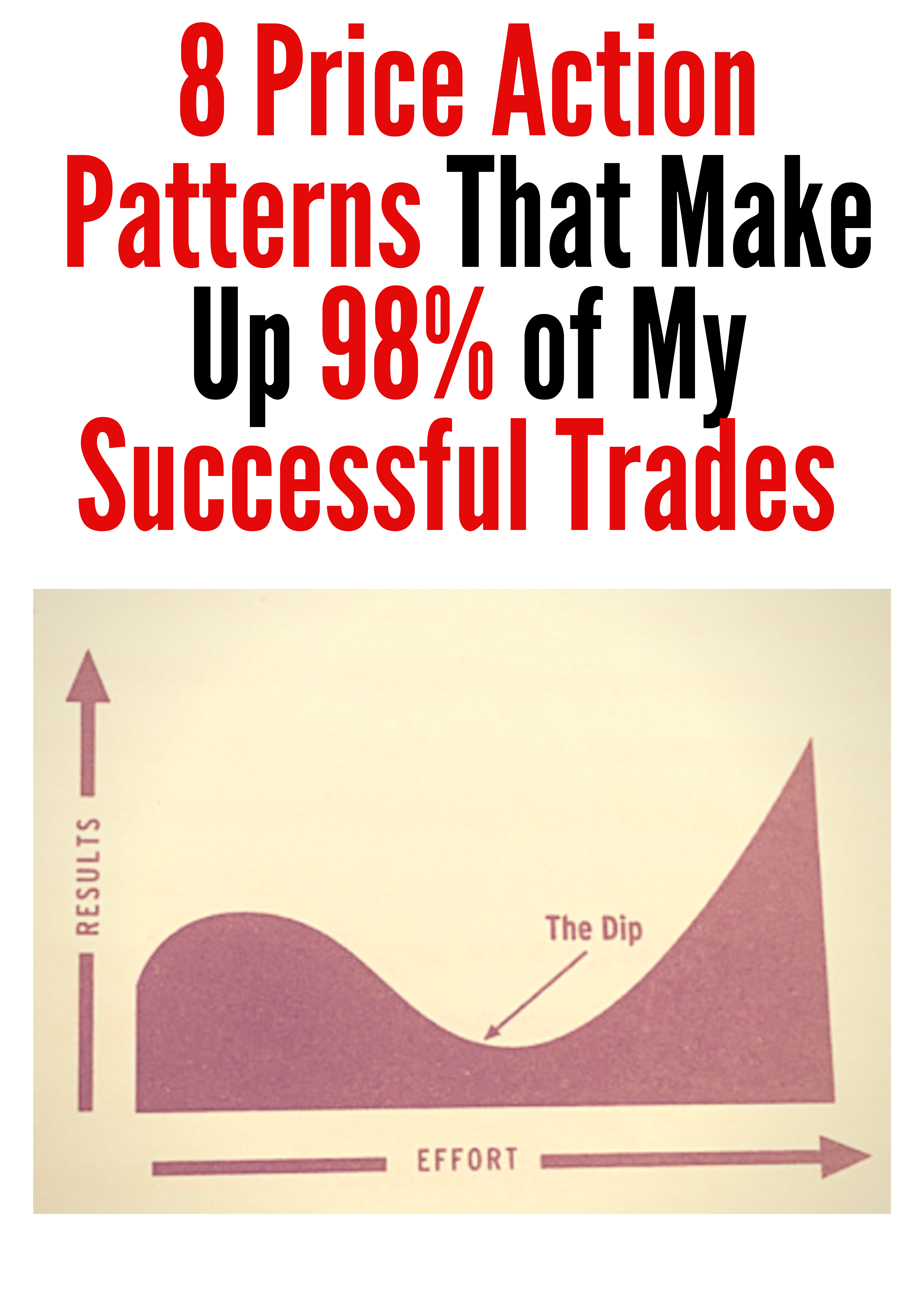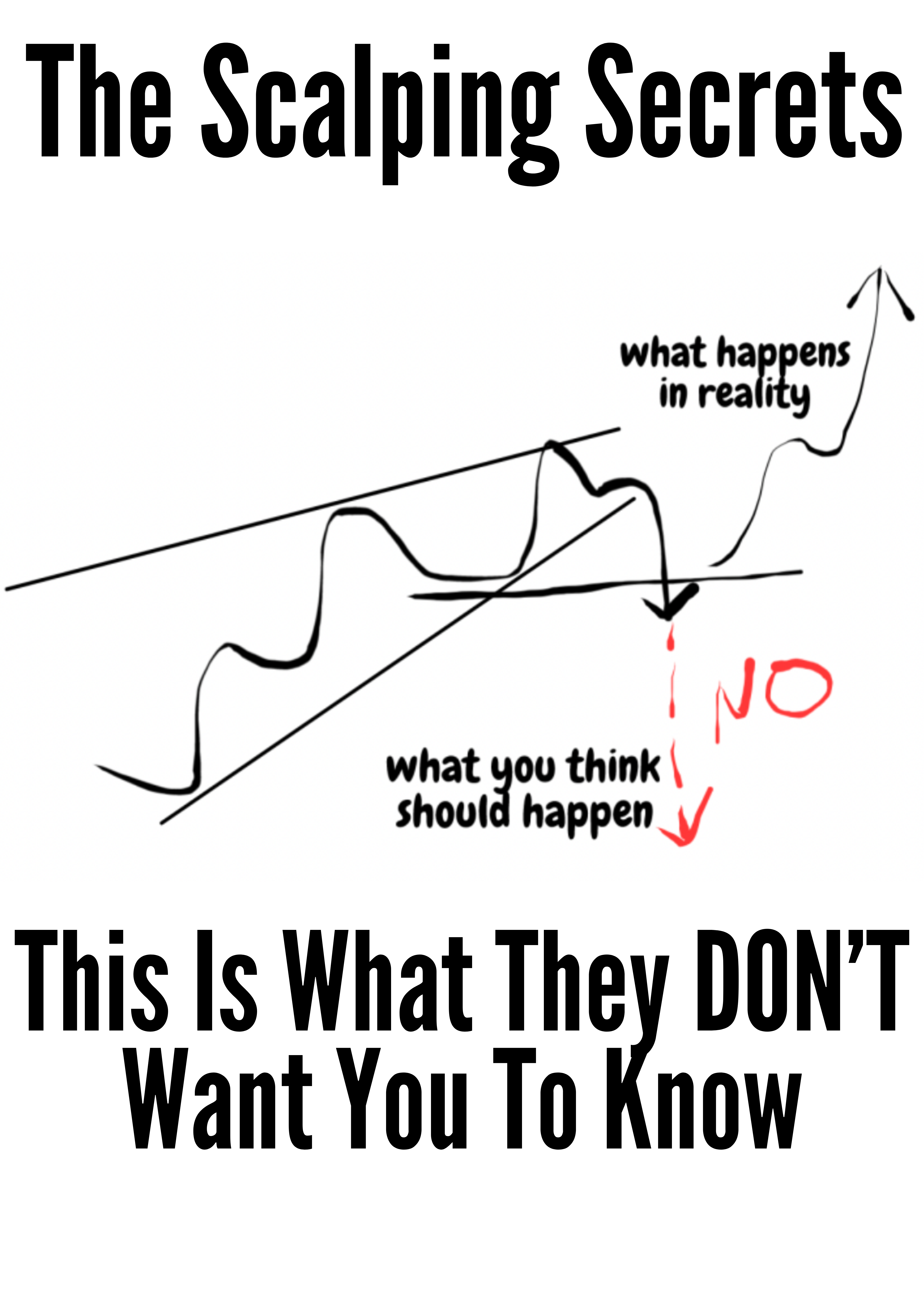Mastering Supply and Demand Zones for Trading
In simple terms, supply and demand zones are specific areas on a price chart where a significant battle between buyers and sellers took place. A demand zone is where buyers came in strong and overwhelmed sellers, pushing prices up. A supply zone is the opposite—it's where sellers dominated and forced prices down.
Think of them as the historical footprints left by the big market players.
What Are Supply And Demand Zones In Trading?
Let's move beyond a simple definition and use an analogy I like. Imagine a local farmers' market. When a sought-after fruit is suddenly in short supply, buyers eagerly pay higher and higher prices until the last one is gone. That area of intense buying interest is just like a demand zone on a price chart—it’s a price floor where demand crushed supply, causing a sharp rally.
On the other hand, picture a day when every farmer shows up with an overabundance of tomatoes. To avoid taking them all home, they're forced to slash their prices to attract any buyers they can. This glut of inventory creates a supply zone. It's a price ceiling where a wave of sell orders swamped any buying interest, causing prices to plummet.
The Footprints Of Smart Money
These zones are much more than just old price levels; they show us where the "smart money"—the big financial institutions like banks and hedge funds—previously placed massive orders. These orders were often too large to be filled at a single price point, creating a whole zone of activity.
Essentially, these zones are the battlegrounds where institutional order flow left its mark. You're seeing the direct result of smart money activity because the big players tend to place their huge orders at these specific levels, which then kicks off a significant market move. If you're curious to learn more about this idea, the team at Morpher has some great insights.
Key Takeaway: Supply and demand zones aren't just lines on a chart. They are areas of liquidity where significant buying or selling has already happened, creating a high probability that the price will react again when it returns to that level.
To help you quickly tell them apart, here's a simple breakdown.
Key Differences Between Supply And Demand Zones
| Characteristic | Demand Zone (Support) | Supply Zone (Resistance) |
|---|---|---|
| Market Psychology | Buyers are in control | Sellers are in control |
| Price Action | Strong bounce or rally originates here | Sharp drop or rejection originates here |
| Order Flow | A large concentration of unfilled buy orders | A large concentration of unfilled sell orders |
| Trader's Action | Look for buying (long) opportunities | Look for selling (short) opportunities |
| Analogy | A price floor or a safety net | A price ceiling or a barrier |
This table neatly sums up the core differences. Understanding this distinction is the first real step toward reading a chart's story. It lets you anticipate where the market might turn, not because of some magic indicator, but because you can see where the major players are likely to defend their positions.
This forms the bedrock for building powerful and effective trading strategies around these price areas.
How to Find and Draw Zones on Your Charts
Spotting supply and demand zones on a chart isn't about fancy, complicated tools. It’s really about training your eyes to see specific price action patterns. These patterns are the footprints left behind by institutional order flow, showing you exactly where a massive imbalance between buyers and sellers previously occurred. It's a visual skill, and I promise it gets much easier with practice.
The key to finding these zones is to look for a "base" followed by an explosive move away. The base is just a period of consolidation—often only a few candles—where the price chops sideways before launching in one direction. That explosive departure is everything; it's the market screaming that a huge imbalance was just created at that price level.
The Two Core Zone Formations
You're really only looking for two basic structures that create these powerful zones. Each one tells a clear story about the battle between buyers and sellers.
- Rally-Base-Drop (RBD) for Supply Zones: Price pushes up, pauses to form a base, and then drops like a rock. This pattern shows you exactly where sellers overwhelmed the buyers, creating a ceiling of sell orders just waiting for price to return.
- Drop-Base-Rally (DBR) for Demand Zones: Price falls, churns sideways to create a base, and then rallies hard. This structure is a dead giveaway that buyers forcefully wrestled control from sellers, creating a floor of buy orders.
The strength of the move away from the base is the most important factor. A slow, grinding departure suggests a weak zone, while a long, explosive candle signifies a powerful imbalance and a high-probability zone.
This next visual breaks down the whole process, from seeing the initial consolidation to actually placing trades based on these zones.
This flow shows how identifying those basing periods is your first step to pinpointing the potent supply and demand zones where you can plan your trades.
A Step-by-Step Guide To Drawing Zones
Once you've spotted a potential RBD or DBR pattern, drawing the zone itself is pretty simple. Your goal is just to draw a rectangular box that captures the entire basing area.
Here's how you do it:
-
For a Supply Zone (Rally-Base-Drop):
- Find the highest point (the wick) of the base. This is the top line of your zone.
- Find the lowest body (the open or close) of the base candle(s). This becomes the bottom line.
- Draw a rectangle connecting these two lines and just extend it out to the right.
-
For a Demand Zone (Drop-Base-Rally):
- Find the lowest point (the wick) of the base. This marks the bottom of your zone.
- Find the highest body (the open or close) of the base candle(s). This is your top line.
- Connect these lines with a rectangle and extend it forward in time.
This method makes sure you capture the full price range where that critical imbalance happened. As you get better at this, you'll find that trading supply and demand zones becomes a core part of your analysis toolkit. It’s a clean, effective way to read what the market is doing without a bunch of lagging indicators. And remember, the most reliable zones are often "fresh," meaning price hasn't come back to test them since they were first created.
How To Qualify The Strength Of A Zone
Once you start spotting supply and demand zones on your charts, you'll see pretty quickly that they aren't all created equal. Some zones will hold like a fortress, rejecting price decisively. Others will fold like a cheap suit the second price gets close.
The real art of trading these zones is learning to tell the strong, high-probability areas from the weak ones. Think of it like a detective sorting through clues—not every piece of evidence has the same weight.
Developing a mental checklist to grade a zone's potential lets you focus on the A+ setups and ignore the rest. This kind of discipline is exactly what separates traders who find consistent success from those who jump at every shadow.
The Anatomy Of A Powerful Zone
So, what makes one zone a brick wall and another a wet paper bag? It all comes down to a few visual clues on the chart that tell the story of the imbalance that happened there.
A powerful zone isn't just a level where price turned around. It's a place where price reversed with aggression and conviction, leaving behind a very clear footprint for us to find later.
To qualify a zone's strength, I focus on these three critical factors:
- The Speed of Departure: How fast did price leave the zone? You want to see a strong, explosive move away with long, powerful candles. That signals a major imbalance. A slow, grinding exit? That suggests the buying or selling pressure was lukewarm at best.
- Time Spent in the Zone: How long was the "basing" period? This might seem backward, but less time is better. A zone formed from just one or two candles tells you that the big institutional orders were filled almost instantly, with overwhelming force.
- Freshness of the Zone: Has price already come back to test this zone? A "fresh" zone that has never been retested is always the most powerful. Every time price taps a zone, it's like a little withdrawal from a bank account—it uses up some of the waiting orders and weakens the level for the next visit.
A strong demand zone is born from a very quick basing period followed by a powerful, explosive rally. This shows buyers were so aggressive they swallowed up all the sell orders in a flash and sent prices soaring. The exact opposite is true for a strong supply zone.
Broader Context And Statistical Edge
Looking at the zone's structure is crucial, but you can't ignore the bigger picture. Is that demand zone you found forming inside a larger, roaring uptrend? That's a much higher-probability setup than trying to catch a falling knife in a fierce downtrend.
Always try to trade with the prevailing market tide, not against it. It just makes your job that much easier.
This whole analytical approach isn't just theory; it's backed by hard data. Statistical backtests on trading strategies built around supply and demand zones consistently show they provide a real, measurable edge.
Across different markets, these strategies have shown average win rates between 58% and 65%, confirming their value in pinpointing good entry points. If you want to see the numbers yourself, you can explore the performance backtesting of these strategies.
By combining the visual strength of the zone with the broader market context, you start building a solid case for every trade you take. You move away from guesswork and towards a disciplined, evidence-based strategy.
Actionable Trading Strategies For Zones
Spotting a good supply or demand zone is one thing. Actually making money from it? That's a whole different ball game. Without a clear strategy, you’re just gambling on your analysis. A real plan tells you exactly when to get in, where to get out for a loss, and where to take your profits.
This is what separates consistent traders from the crowd. It removes the emotional guesswork.
Fundamentally, there are two bread-and-butter ways to trade these zones: playing for a reversal or trading a continuation. Mastering both gives you the flexibility to handle whatever the market decides to do next.
The Zone Reversal Strategy
This is the classic approach and likely the first one most traders learn. The idea is brilliantly simple: you find a fresh, powerful zone and bet on it holding strong when the price comes back to test it for the first time.
When you're trading a reversal, you're essentially trying to catch a turning point.
- For a Demand Zone: You'd be looking to place a buy order (go long) as the price dips into the zone, anticipating a bounce.
- For a Supply Zone: You'd place a sell order (go short) as the price pushes up into it, expecting sellers to step in and push it back down.
The secret ingredient here is trading only fresh zones. These are zones that haven't been touched since they were formed. The very first retest offers the highest probability of a strong reaction because the original imbalance of orders is still sitting there, waiting.
The beauty of this strategy is that it can get you into a new trend right at the very beginning, often leading to fantastic risk-to-reward setups. But, it does require a good bit of confidence in your ability to pick the right zones, since you're entering before the market gives you a clear confirmation signal.
The Zone Continuation Strategy
While catching reversals feels great, some of the absolute best trades come from simply going with the flow. This is where the continuation strategy comes in. You use supply and demand zones not to fight the trend, but to find a low-risk spot to join it.
Think about it. In a strong uptrend, the price doesn't just shoot up in a straight line. It pulls back, takes a breather, and then continues its climb. Those pullbacks often happen right into a nearby demand zone.
That's your entry point. You place a buy order during that temporary dip, using the zone as a launchpad to ride the bigger move upward. By aligning your trade with the market's dominant momentum, you can seriously stack the odds in your favor.
To help you decide which approach fits a given market condition, here’s a quick breakdown of the two main strategies.
Supply & Demand Trading Strategy Overview
| Strategy Type | Best For | Entry Signal | Risk Management |
|---|---|---|---|
| Zone Reversal | Catching major market turning points at fresh, untested zones. | Entering as price touches the edge of a high-quality zone. | Stop-loss placed just outside the zone; target the next opposing zone. |
| Zone Continuation | Trading with the dominant trend, using zones as low-risk pullback entries. | Entering at a zone that forms in the direction of an established trend. | Stop-loss behind the zone; targets can be set at new highs/lows. |
Ultimately, both strategies are powerful tools. The key is knowing when to use which one based on the bigger picture of the market.
Building Your Complete Trading Plan
Whichever strategy you lean towards, it’s nothing without a strict set of rules for managing your trades. Great entries are only half the battle. A truly profitable system is built on disciplined exits—for both winning and losing trades.
Here’s a simple framework to get you started:
- Entry Trigger: How will you get in? You could enter the moment the price touches the zone (an aggressive entry) or wait for a confirmation candle, like a big engulfing bar, to form (a more conservative approach).
- Stop-Loss Placement: This is your non-negotiable safety net. A logical spot is just beyond the far edge of the zone—a little below a demand zone or a little above a supply zone. This gives the price some room to wiggle without knocking you out prematurely.
- Profit Targets: Where will you get out with a profit? A common method is to aim for the next opposing zone. If you buy at a demand zone, your first take-profit level could be the closest major supply zone above you.
These three elements are the core of any solid trading plan. To flesh this out further, our detailed guide on how to make a trading plan will walk you through creating a complete, personalized rulebook. Always remember, a great strategy is worthless if you don't have the discipline to follow it.
Common Mistakes To Avoid When Trading Zones
Knowing how to find supply and demand zones is one thing, but trading them profitably is a completely different ballgame. It's not just about what you do right; it's about the costly mistakes you avoid. Understanding the common traps that snag most traders is what separates the consistently profitable from everyone else.
A classic rookie mistake is simply misidentifying the zones. Many traders get trigger-happy and start marking every little consolidation on the chart. This just creates a messy, unreadable mess. A real zone is born from a sharp, explosive move away from a basing area. It's not a slow, lazy drift.
Trading Stale And Over-Tested Zones
One of the quickest ways to lose money is by trading "stale" or heavily tested zones. I want you to think of a fresh supply or demand zone like a brand-new dam holding back a massive reservoir of orders. The first time price comes back to test that dam, the reaction is often powerful and immediate.
But every time price touches that zone again, it's like a small crack forming in the dam. Each test consumes more of the pending orders that gave the zone its strength. A level that's been hit multiple times is weak and far more likely to break.
Best Practice: Always prioritize trading fresh zones—areas price hasn't revisited since they were formed. That first touch almost always gives you the highest probability setup.
In my experience, if a zone has been tested more than twice, it's best to just leave it alone. The big institutional orders that created it are likely gone, and the level has lost its punch. Learning to distinguish between the different types of supply and demand zones is a critical skill that only comes with hours of screen time.
Fighting The Dominant Trend
This one might sound obvious, but you’d be surprised how many traders make this costly error. Trying to short a small supply zone in the middle of a raging bull market is like trying to stop a freight train with a fishing net. The odds are just brutally stacked against you.
A much smarter, and frankly more profitable, approach is to find zones that flow with the market's current. If you're in a strong uptrend, for instance, be patient and look for pullbacks into freshly created demand zones. This way, you're using the zone as a low-risk entry to ride the market’s prevailing momentum, not fight it.
Here are two other critical mistakes I see all the time:
- Setting Stop-Losses Too Close: Placing your stop-loss just a few pips inside the zone's edge is asking to get stopped out. The big players know where retail stops are clustered, and they'll often push the price just past the edge to hunt for that liquidity before reversing. You have to give your trade room to breathe. Always place your stop a bit beyond the zone’s outer boundary.
- Ignoring Volume Confirmation: Volume is your truth meter. When price moves into a zone on low volume, it’s a red flag. It tells you there's little conviction behind the move. But when you see a big spike in volume as price hits your zone? That's the market confirming the level's importance. It shows heavy participation and validates your trade idea.
A Few Common Questions About Trading Zones
As you start working with supply and demand zones, a few questions always seem to pop up. Let's tackle the most common ones head-on to clear up any confusion and help you trade with more confidence.
Aren't Zones Just Fancy Support And Resistance?
I get this question all the time. While they look similar on a chart, the thinking behind them is completely different. Classic support and resistance are just lines drawn where price has turned around before. It's a bit one-dimensional.
Supply and demand zones, on the other hand, are whole areas on your chart. They represent a battlefield where a massive imbalance between big-money buyers and sellers took place. You're not just looking for a line; you're looking for the footprint left by institutional order flow—usually a tight "base" followed by an explosive move away. It’s a much more dynamic way to see the market.
What's The Best Timeframe To Use?
The beauty of these zones is that they show up on every timeframe, from the one-minute all the way up to the monthly. But not all zones are created equal.
The zones you find on higher timeframes, like the daily or 4-hour charts, carry a lot more weight. Why? Because they represent a much larger pile of institutional orders. A bigger battle leaves a bigger footprint. A great way to approach this is:
- Start on a higher timeframe (like the Daily chart) to identify the major, high-quality zones. These are your key points of interest.
- Then, zoom into a lower timeframe (like the 1-hour or 15-minute) to watch how price behaves as it enters that bigger zone. This is where you can fine-tune your entry.
Can I Throw Some Indicators On My Charts?
Yes, but be careful. Think of indicators as a secondary opinion, something to confirm what price is already telling you, not the other way around. Your main focus should always be the raw price action in and around the zones.
For example, you might notice price entering a key demand zone. At the same time, you see your RSI showing bullish divergence. That little bit of extra confirmation can add strength to your trade idea. But if the RSI gives a signal without a quality zone, it's just noise.
Relying too heavily on indicators will just lead to "analysis paralysis" when you get conflicting signals. Keep your charts clean. Let the zones do the heavy lifting.









